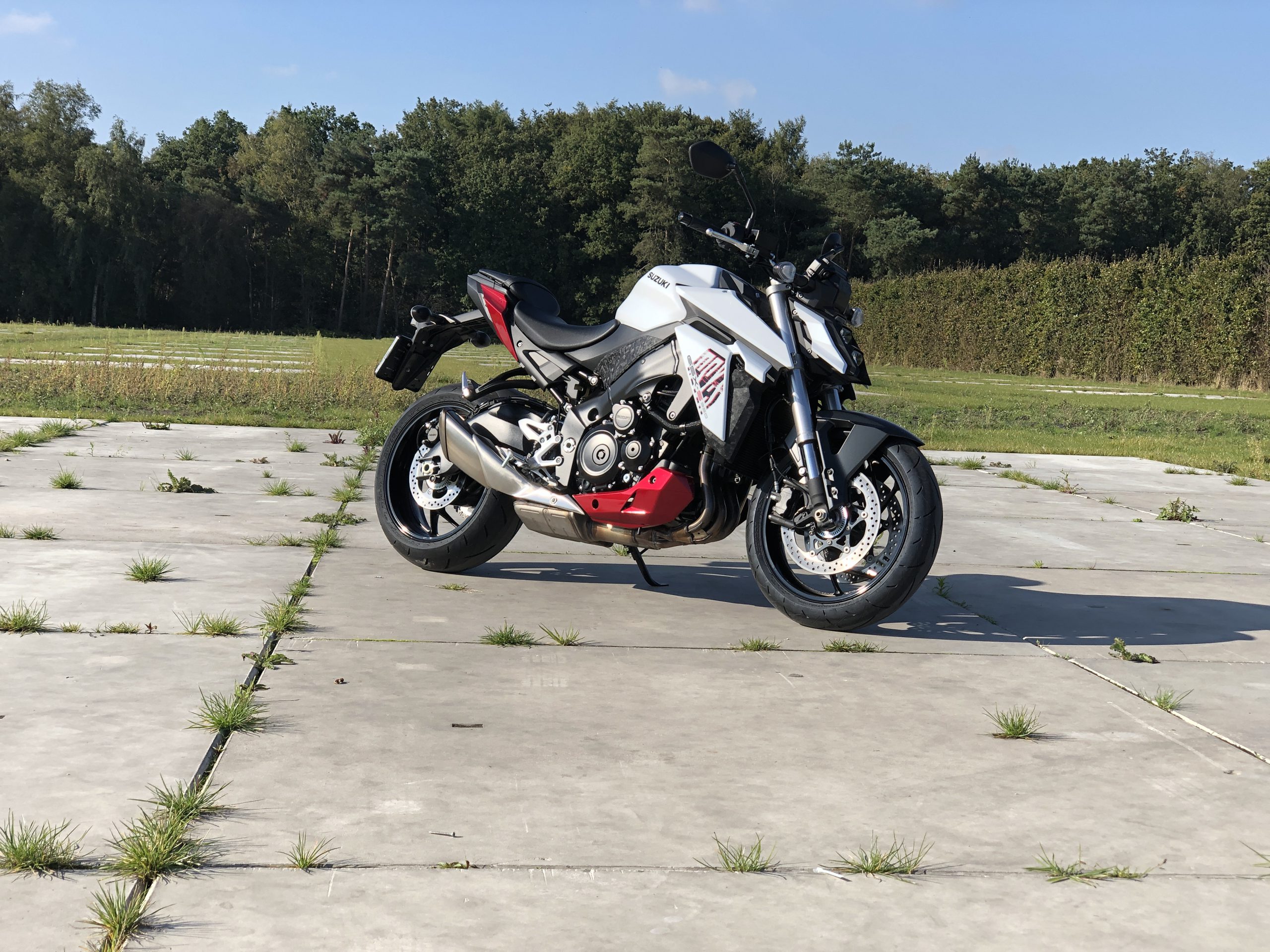In what ways is motorcycle insurance different from car insurance?
Basically, the same applies to a car and a motorcycle: insuring your car allows you to drive it. Likewise, a motorcycle has to be covered by a minimum third-party liability policy in order to be legally allowed on the road. The impression may be created that insuring a motorcycle is no different from insuring a car. But is it? If you are looking for a policy for a motorcycle for the first time while you already have experience with the same for a car, it is useful to be aware of some significant differences in which motorcycle insurance differs from car insurance. We discuss them in this article.
Risk assessment and premium
Let’s start with the difference in how risk is looked at and its effect on the premium. The premium of an auto policy is determined based on factors such as the driver’s age, the number of claim-free years, the type and age of the car and even where you live. Because of their enclosed construction, cars are considered relatively stable and safe, so the risk of personal injury is lower. With motorcycles, the situation is different. Motorcyclists have a higher risk of serious accidents due to their vulnerability in traffic. The premium for motorcycle insurance is therefore often higher. Additional aggravating factors include a young or inexperienced driver and the type of motorcycle. If it is a sport bike, this can greatly affect the premium because these vehicles often reach higher speeds and therefore carry more risk.
Seasonal use
Except for vintage cars and convertibles without folding roofs, most cars are usually used year-round. So the average auto policy is simply in effect year-round. Because you are exposed to the elements on a motorcycle and slippery roads can have additional serious consequences for motorcyclists, many motorcyclists do not use their vehicle year-round. Some policy providers therefore offer seasonal motorcycle insurance, where you only pay premium for the months you ride. This can lead to some interesting savings that are definitely worth investigating if you don’t expect to use the motorcycle during the winter.

Accessories and extras
It is important to realize that accessories are not covered by default. With a car, built-in navigation or a tow bar may be covered as standard or you can get these items covered for a small additional cost. As a motorcyclist, however, you are forced to purchase and use items such as a helmet and motorcycle gear. In addition, you can add a top case or windshield on your motorcycle. You need to include these items separately when you purchase a policy for your motorcycle, as they are not covered by default.
Protection of passengers
Passengers in cars are spared many accidents, although the consequences can be serious at times. Not all car owners choose to cover passenger injury through an accident policy or passenger insurance policy. Motorcyclists and their pillion passenger have a much higher risk of both personal injury and property damage. Therefore, special passenger insurance for motorcyclists, which covers passenger and driver damage, is an important addition to motorcycle insurance that really cannot be skipped.
Ultimately, a car policy and motorcycle insurance also have many similarities. The differences are there nonetheless, and it pays to be aware of them when insuring your motorcycle. Be prepared for a higher premium than you might have expected, although your road tax is probably going to be lower than with your car. Also, be aware of your vulnerability in traffic and the possible consequences. Try to best protect yourself and any passenger not only on the road, but also through adequate claims coverage.

